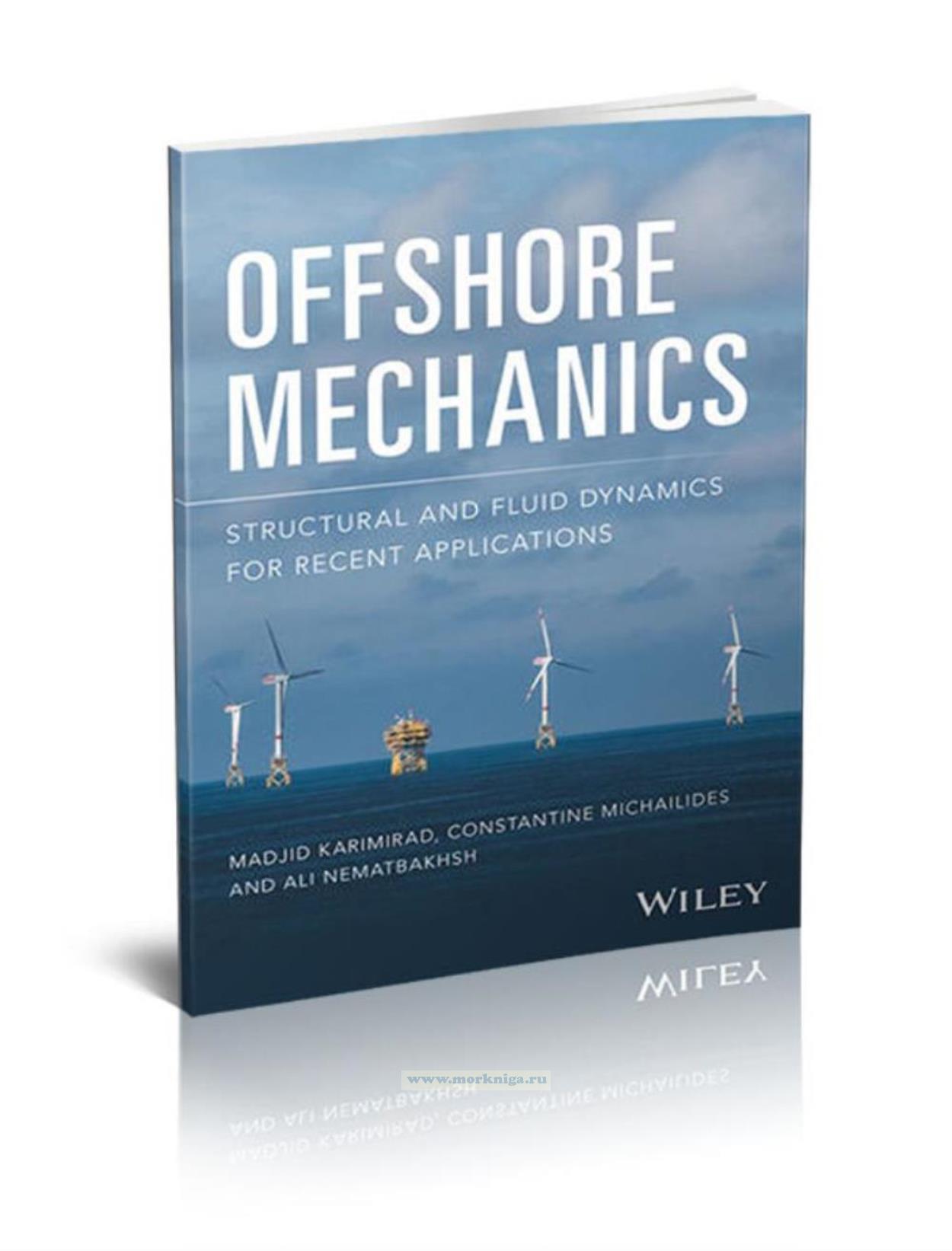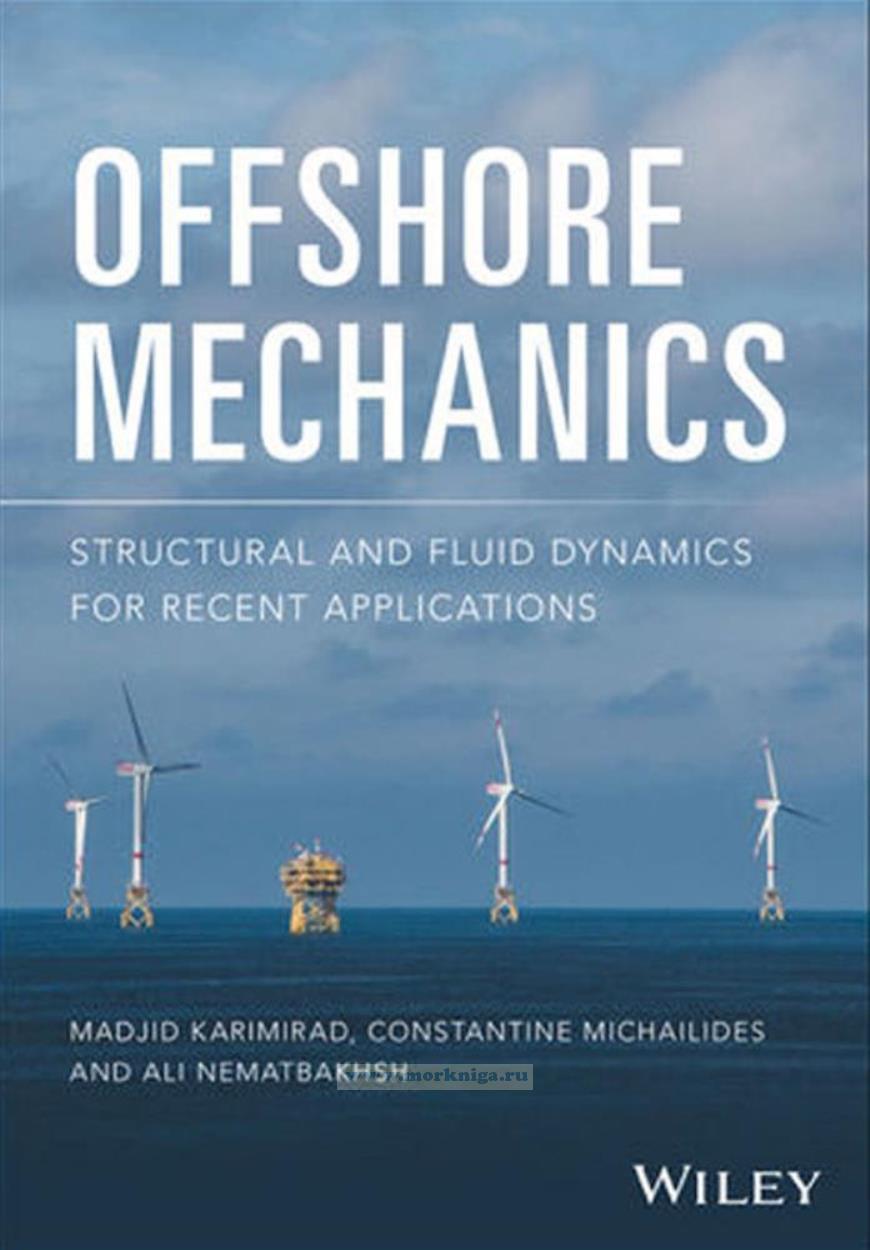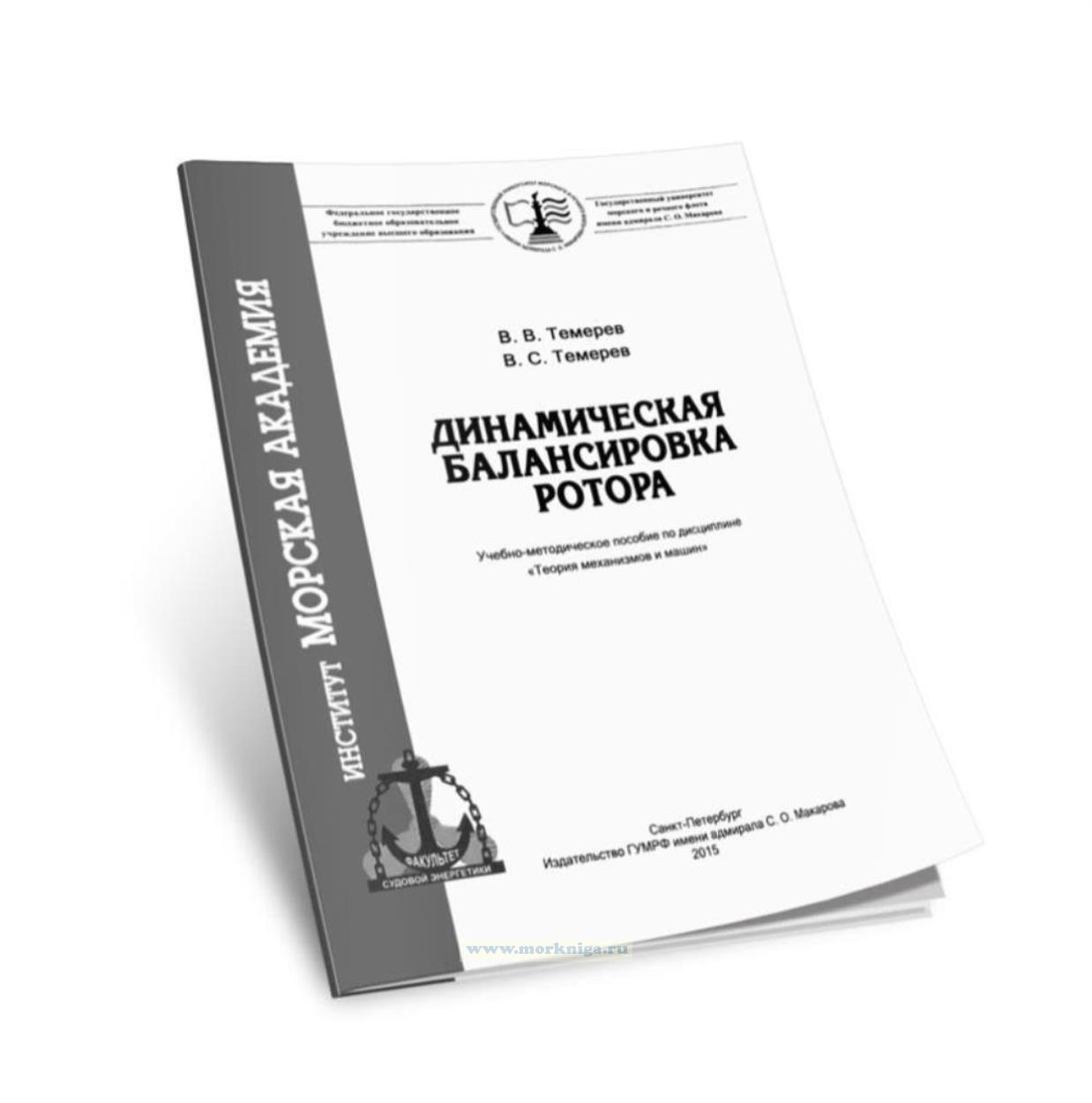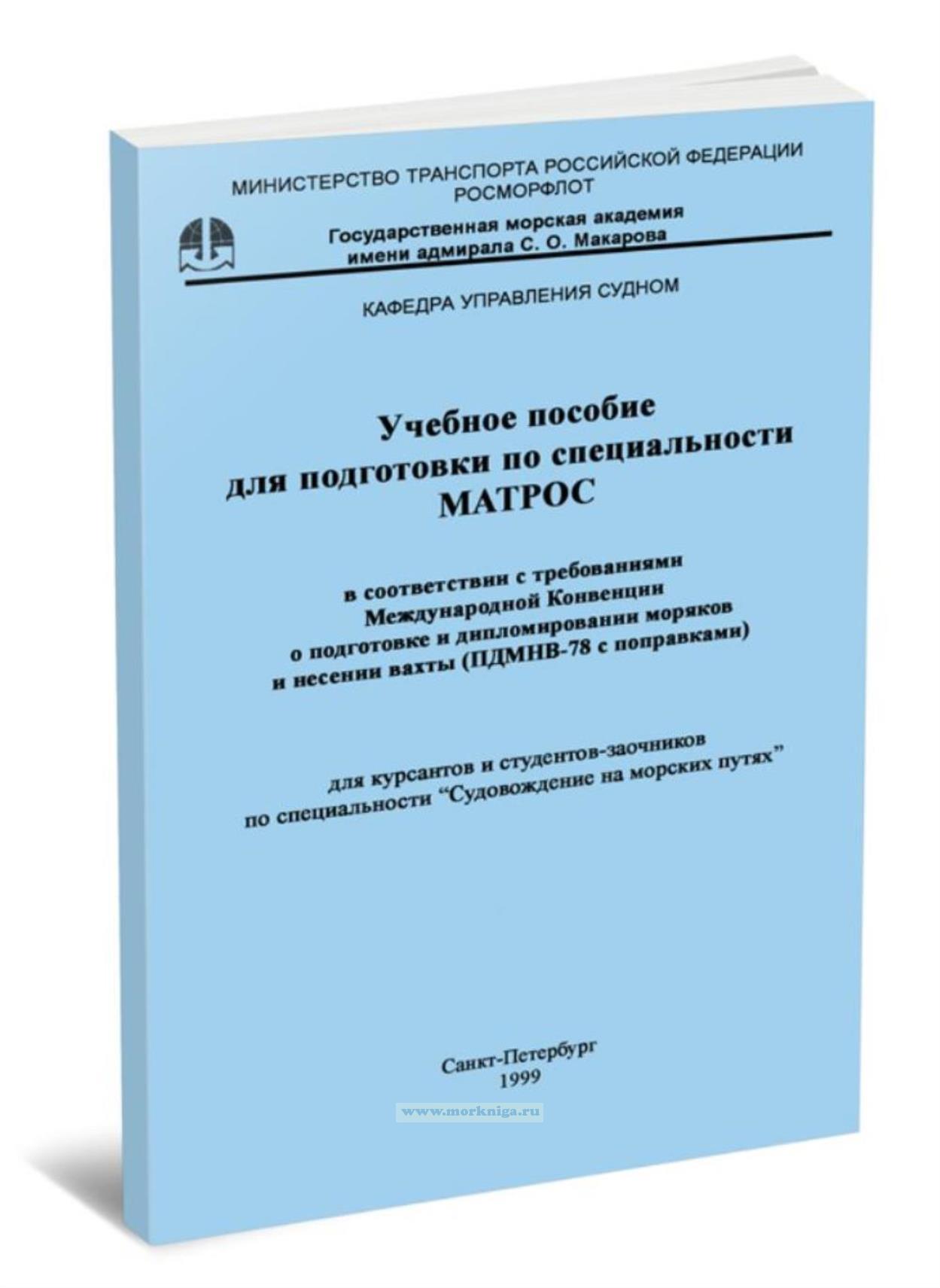Сб с 10 до 16
Offshore Mechanics. Structural and Fluid Dynamics for Recent Applications/Механика в открытом море. Структурная и жидкостная динамика для последних применений
Издание на английском языке
Offshore industry has seen rapid development in recent years. New marine structures have emerged in different fields such as offshore oil and gas, marine renewable energy, sea transportation, offshore logistics and sea food production. As a result, new concepts and innovative offshore structures and systems have been proposed for use in the oceans. An obvious need exists for a book which provides the capabilities and limitations of theories and numerical analysis methods for performing dynamic analysis for the case of recent applications in offshore mechanics. This book covers the needs for the required analysis and design of offshore structures and systems. Particular emphasis has been given to recent applications in offshore engineering. This includes ship?shaped offshore structures, fixed?bottom and floating platforms, ocean energy structures and systems (wind turbines, wave energy converters and tidal turbines) and multipurpose offshore structuresand systems. Theoretical principles are introduced, and simplified mathematical models are presented. Practical design aspects for various offshore structures are presented with handy design guides and examples. Each example is followed with an analytical or a numerical solution. Additionally, special attention has been paid to present the subject of computational fluid dynamics (CFD) and finite element methods (FEM) that are used for the high?fidelity numerical analysis of recent applications in offshore mechanics. The book provides insight into the philosophy and power of numerical simulations and an understanding of the mathematical nature of the physical problem of the fluid–structure interaction, with focus on offshore applications.
The book helps students, researchers and engineers with a mid?level engineering background to obtain insight on theories and numerical analysis methods for the structural and fluid dynamics of recent applications in offshore mechanics. The main key feature of the book is using “new” applications for describing the theoretical concepts in offshore mechanics. Furthermore, the present book not only covers traditional methodologies and concepts in the field of offshore mechanics, but also includes new approaches such as novel CFD and FEM techniques. Nowadays, due to the rapid increase of computational resources, offshore industry is using various advanced CFD and FEM tools to design offshore structures. Therefore, qualified graduated students and engineers need to be familiar with both traditional methodologies and new methods applied in offshore mechanics proper for recent applications. The book helps engineers and researchers in the field of offshore mechanics to become familiar with recently applied trends and methodologies.
This book covers the fundamental knowledge of offshore mechanics by teaching the reader how to use numerical methods for design of different concepts in offshore engineering. Recent methodologies for hydrodynamic and structural analysis of offshore structures are introduced and explained. The authors believe that a graduate student or an engineer in offshore industry should be well familiar with these concepts. The book is intended for graduate students, researchers, faculty members and engineers in the fields of offshore engineering, offshore renewable energy (wind energy, wave energy and tidal energy), marine structures, ocean and coastal engineering, fluid dynamics and mechanical engineering. The readers of the book must have basic offshore engineering knowledge and interest related to the analysis and design of recent applications in offshore mechanics. The presented theories and applications are developed in a selfcontained manner, with emphasis on fundamentals, concise derivations and simple examples.
Contents
About the Authors
Preface
Acknowledgements
1 Preliminaries
2 Offshore Structures
2.1 Ship?shaped Offshore Structures
2.2 Oil and Gas Offshore Platforms
2.3 Offshore Wind Turbines
2.4 Wave Energy Converters
2.5 Tidal Energy Converters
2.6 Combined Offshore Energy Systems
2.7 Multipurpose Offshore Structures and Systems
2.8 Submerged Floating Tunnels
2.9 Floating Bridges
2.10 Aquaculture and Fish Farms
References
3 Offshore Environmental Conditions
3.1 Introduction
3.2 Wave Conditions
3.3 Wind
3.4 Currents
3.5 Joint Distribution of Waves and Winds
3.6 Oceanographic and Bathymetric Aspects
3.7 Scour and Erosion
3.8 Extreme Environmental Conditions
3.9 Environmental Impact of Offshore Structures’ Application
References
4 Hydrodynamic and Aerodynamic Analyses of Offshore Structures
4.1 Introduction
4.2 Wave Kinematics
4.3 Wave Loads on Offshore Structures
4.4 Tides and Currents Kinematics
4.5 Current Loads on Offshore Structures
4.6 Wind Kinematics
4.7 Wind Loads on Offshore Structures
4.8 Aerodynamic Analysis of Offshore Wind Turbines
References
5 Fundamentals of Structural Analysis
5.1 Background
5.2 Structural Analysis of Beams
5.3 Mathematical Models for Structural Dynamics of Beams
5.4 Frame Structures and Matrix Analysis
5.5 Plate Theories
References
6 Numerical Methods in Offshore Structural Mechanics
6.1 Structural Dynamics
6.2 Stress Analysis
6.3 Time?Domain and Frequency?Domain Analysis
6.4 Multibody Approach
6.5 Finite Element Method
6.6 Nonlinear Analysis
6.7 Extreme Response Analysis and Prediction
6.8 Testing and Validation of Offshore Structures
6.9 Examples
References
7 Numerical Methods in Offshore Fluid Mechanics
7.1 Introduction
7.2 Potential Flow Theory Approach
7.3 CFD Approach
References
8 Mooring and Foundation Analysis
8.1 Mooring Considerations
8.2 Soil Mechanics
8.3 Foundation Design
References
Index


 Динамическая балансировка ротора
Динамическая балансировка ротора  Лидерство и работа в команде
Лидерство и работа в команде  Учебное пособие для подготовки по специальности "Матрос" (по требованиям ПДМНВ-78)
Учебное пособие для подготовки по специальности "Матрос" (по требованиям ПДМНВ-78)